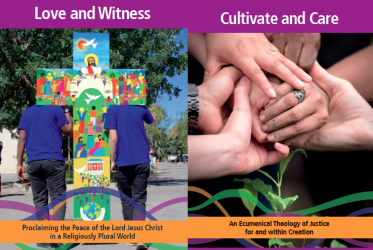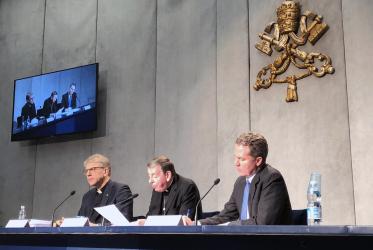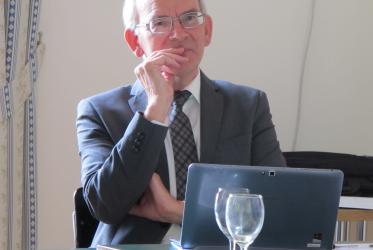Displaying 1 - 20 of 22
WCC webinar “Common witness on environmental justice and religious pluralism”
18 February 2021
Online-By registration only
Love and Witness
Proclaiming the Peace of the Lord Jesus Christ in a Religiously Plural World
18 January 2021
Hielke Wolters: Apostle of mission strategies
01 August 2016
Catholic-WCC group pursues new mandate
13 April 2016
Religion: Friend or Foe of the Common Good?
16 February 2016
Jürgen Moltmann leads ecumenical reflections in Geneva
14 January 2016
Dual and duelling dialogues? Guidelines offer aid
19 November 2015
Joint Working Group: 50 years of mutual commitment
22 June 2015
















